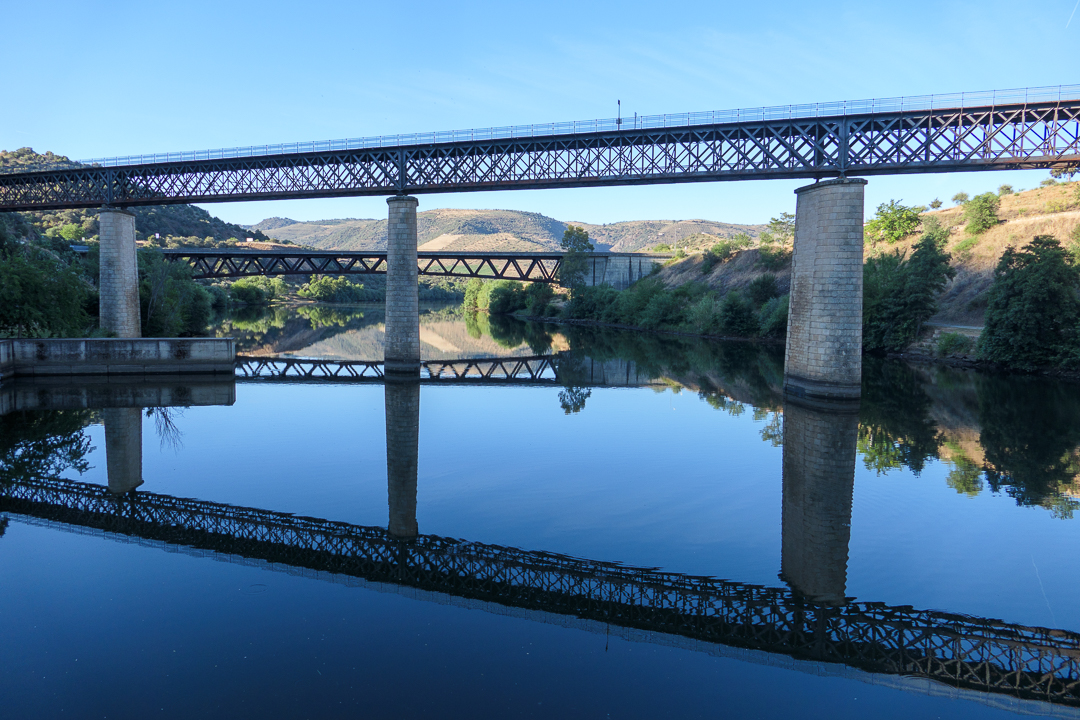We left for Salamanca at 8:30 this morning. It was nearly a two-hour drive, mostly through agricultural areas with a few villages on the way including La Fregeneda, Lumbrales, and Vitigudino with a rather ominous-looking silo near the roadside.
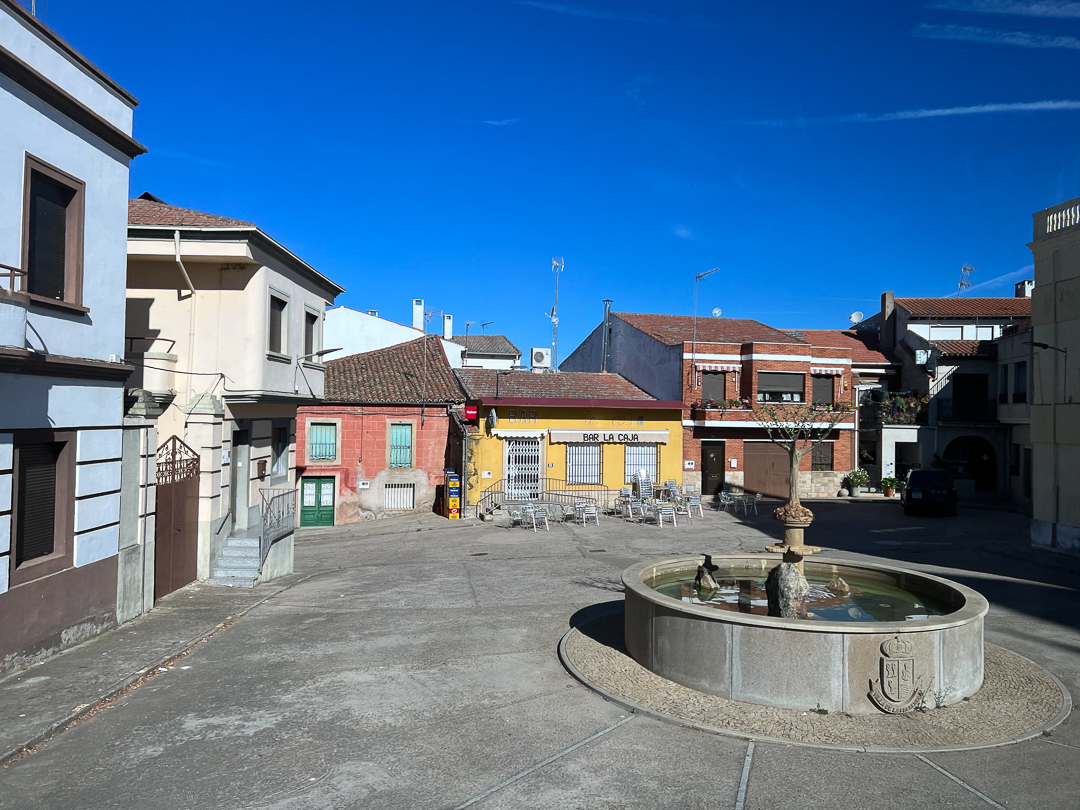
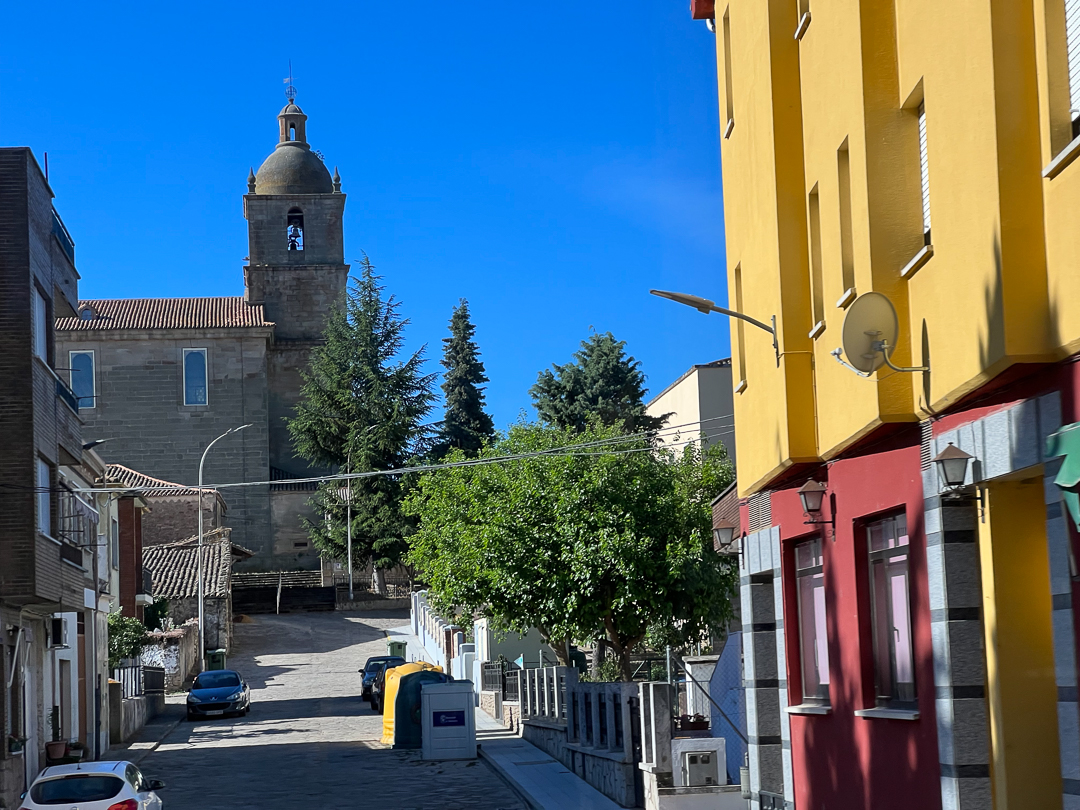
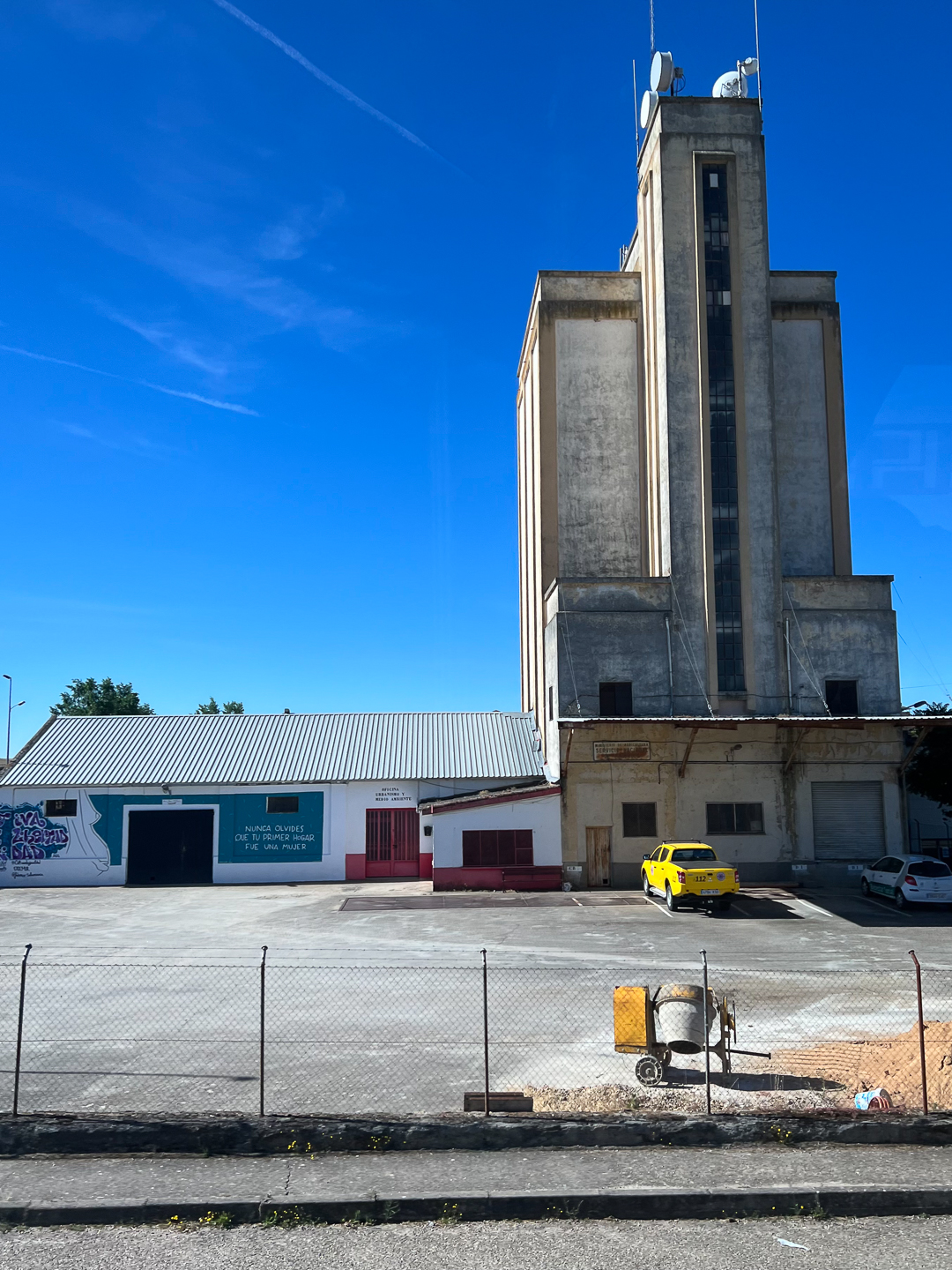
We also passed the “stork hotel” and some stand-alone stork nests.
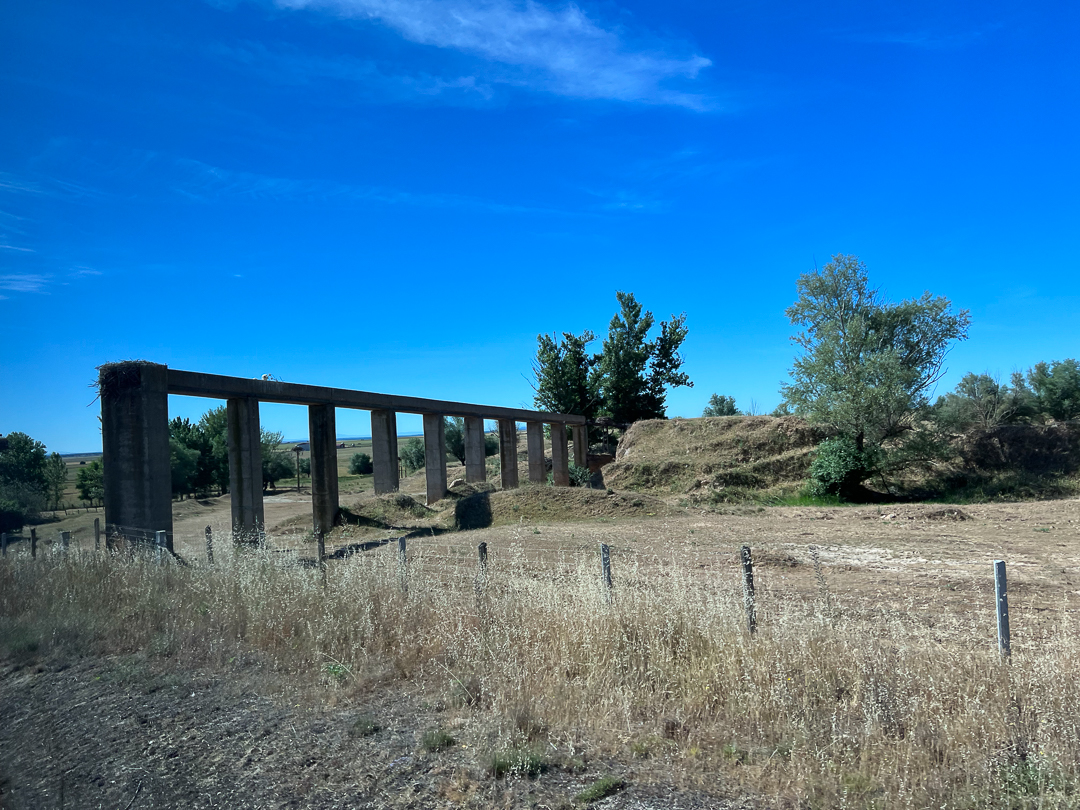
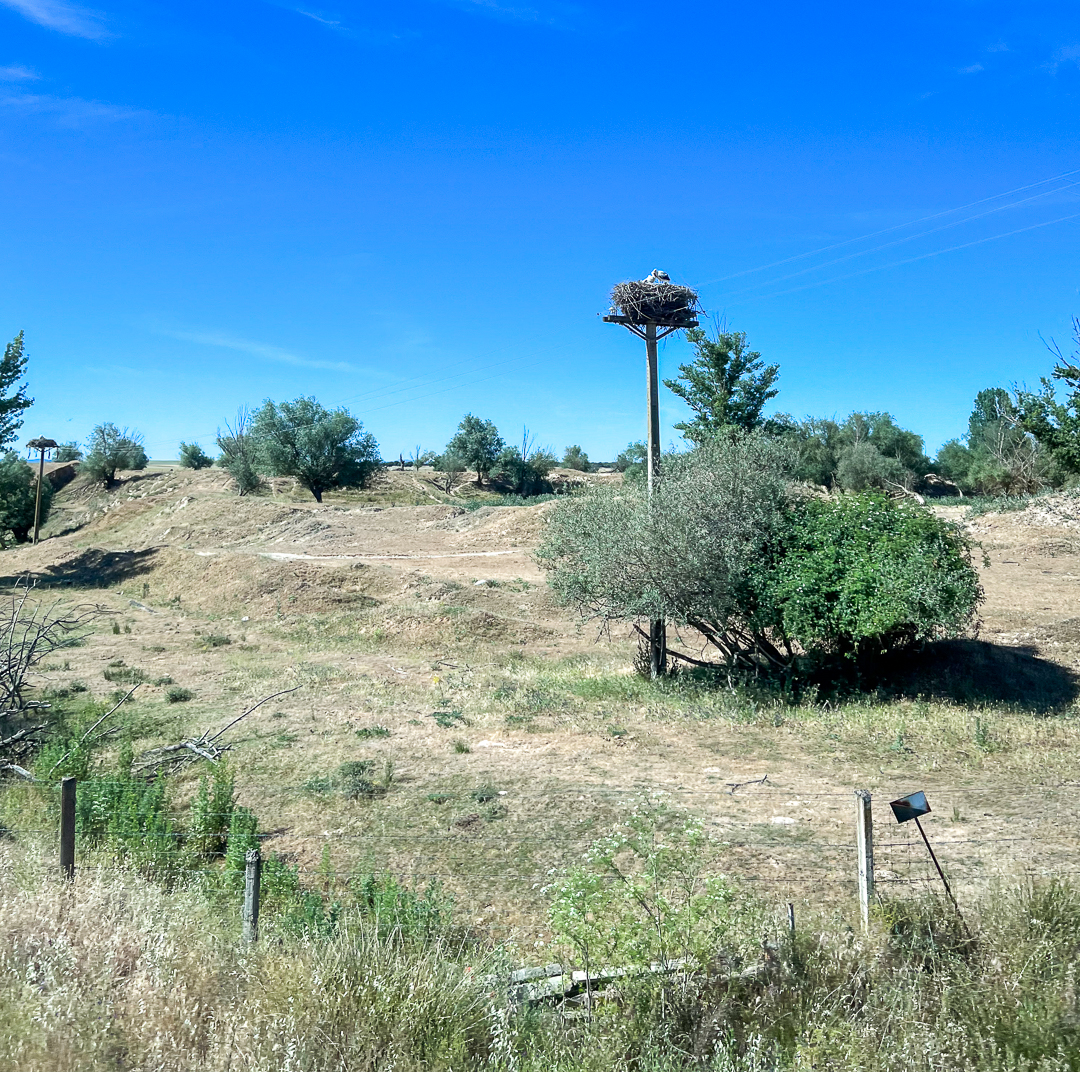
Salamanca was almost a shock – it’s the first city we’ve seen done we left Porto. There was even traffic to contend with before we got to the Hotel Alameda Palace, our headquarters for the day.
We set out on foot for the Salamanca Central Market. Many of our cohorts wanted to try the famous Iberian ham – we found a bakery instead. Fresh fish was a big draw for locals (farmed salmon was about $10/pound), too, and we couldn’t resist a photo with a fine specimen.
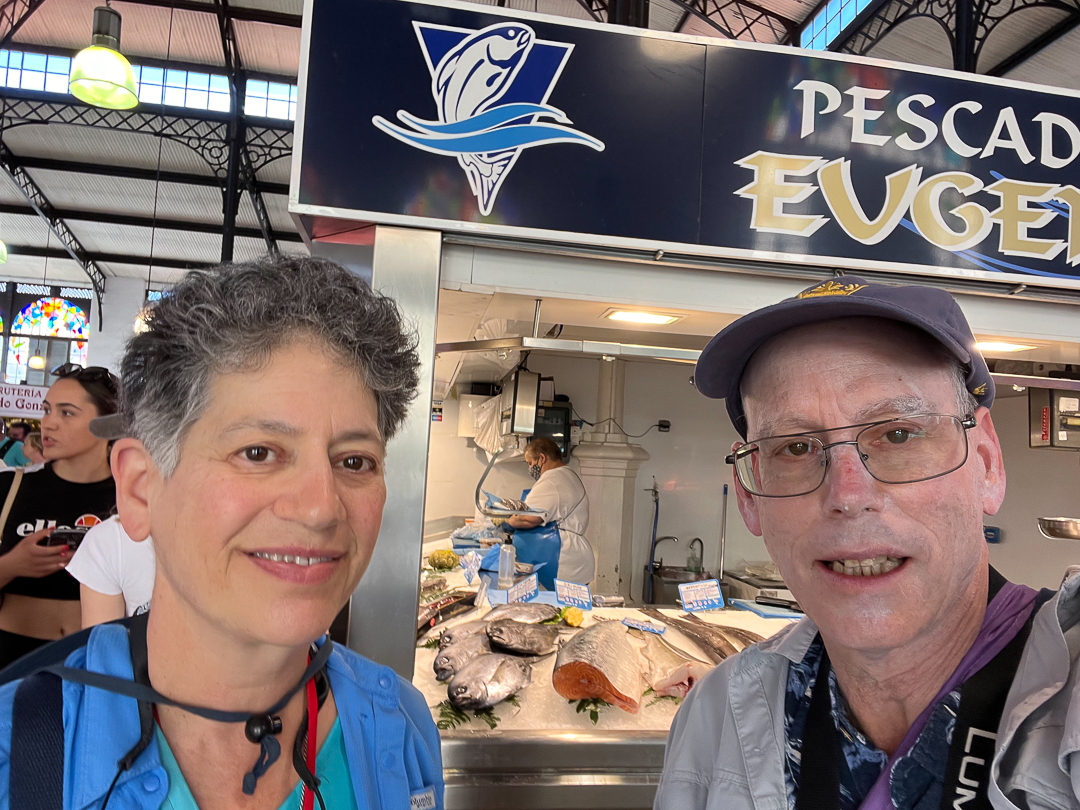
I also liked the stained glass in the windows on all sides.
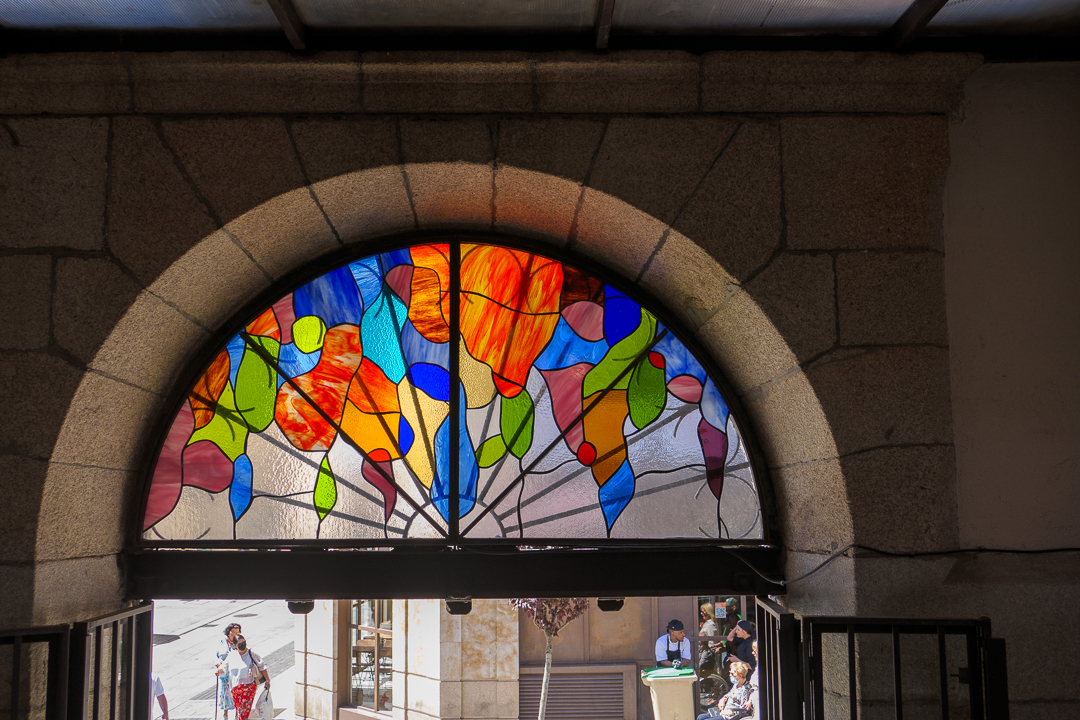
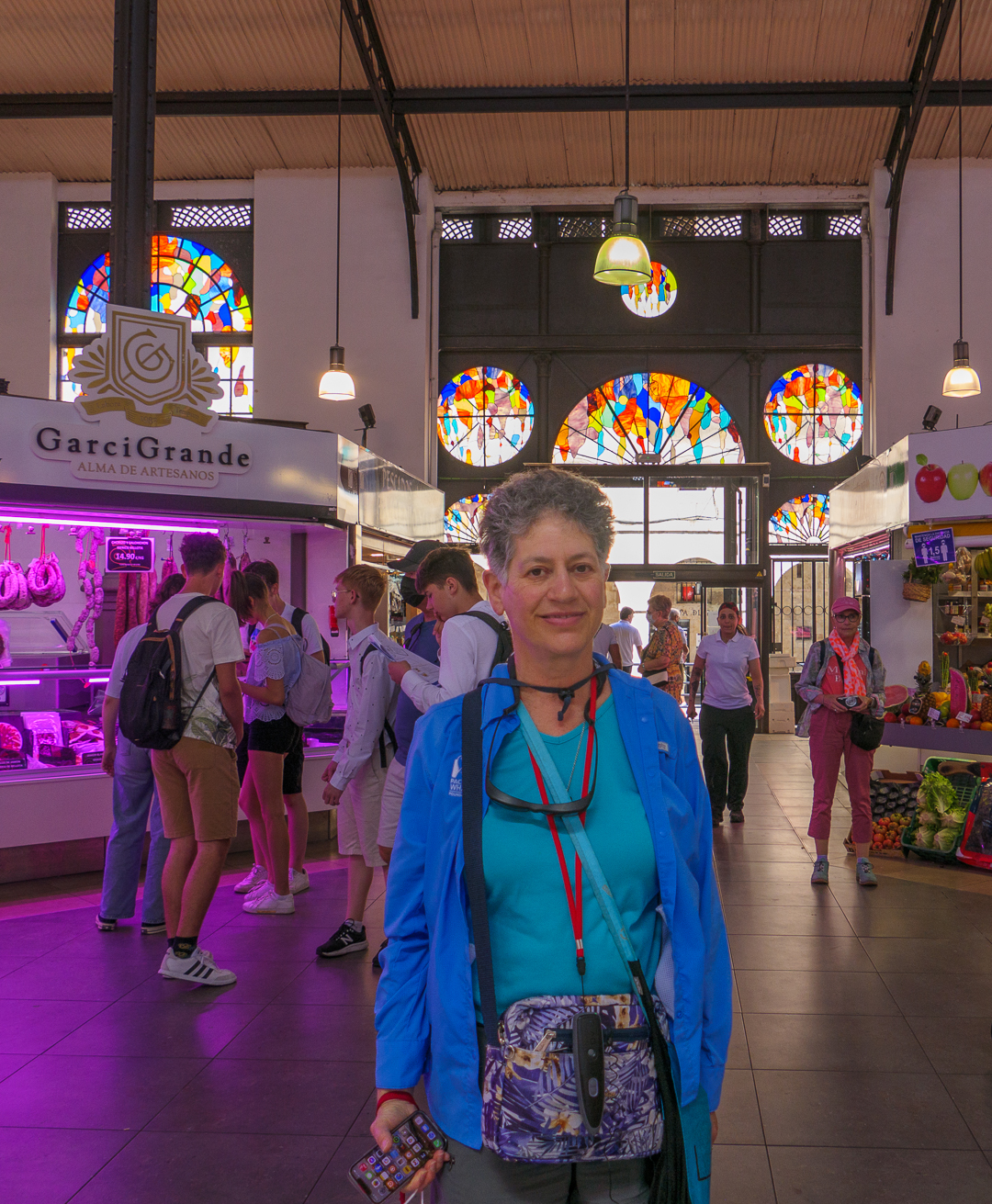
We met Carmen, our local guide, at the entrance to the Plaza Mayor.
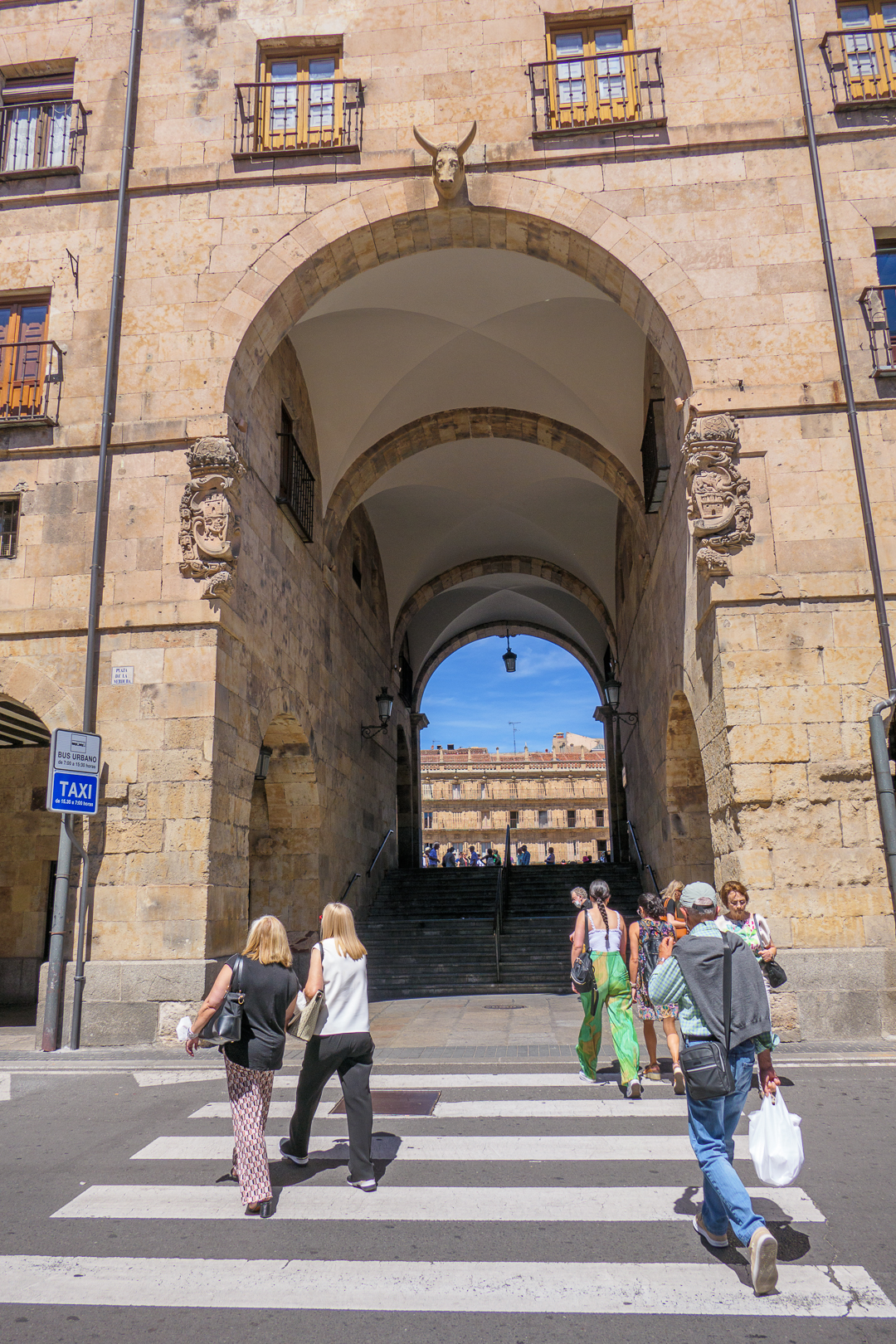
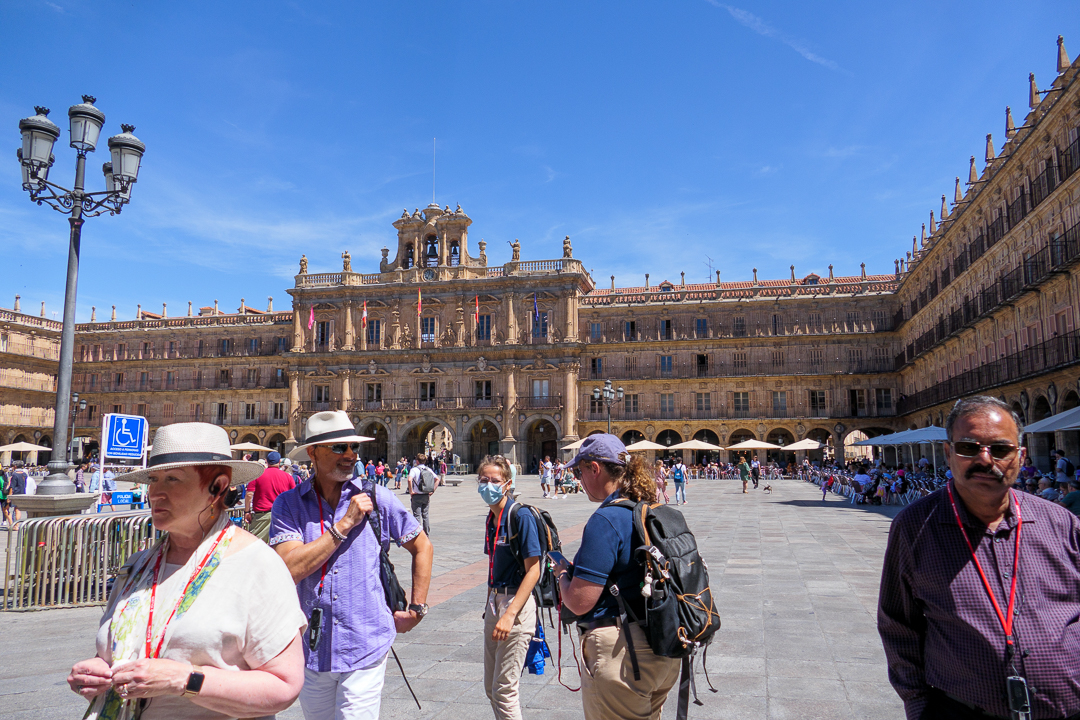
The Plaza Mayor is a huge public square with statuary on the walls commemorating significant times in Spanish history. The apartments on the upper floors are very expensive; the ground floor is filled with restaurants, bars, cafes, Starbucks, and shops of all descriptions – some probably weren’t even just for tourists!
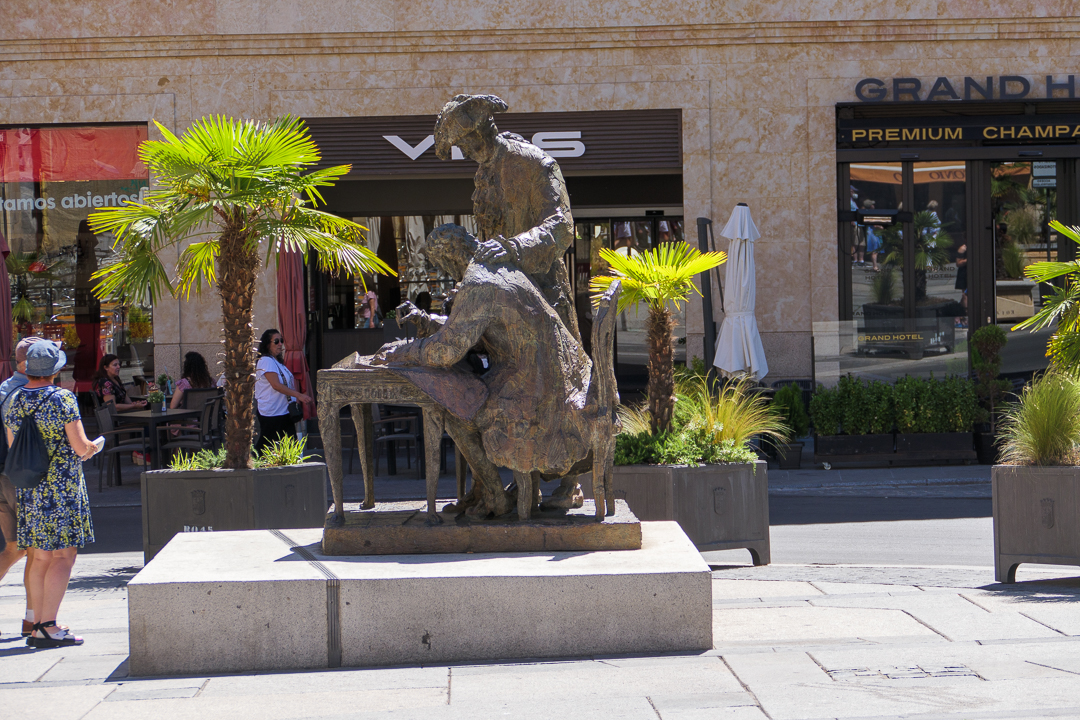
As we wended our way to the University of Salamanca (a very selective public institution, not to be confused with the Pontifical University of Salamanca, which is a private university that you can get into with enough money), Carmen pointed out the glassed-in balconies on some buildings; she said they were built in the late 19th Century to give ladies a place to sew, gossip, and watch the city.
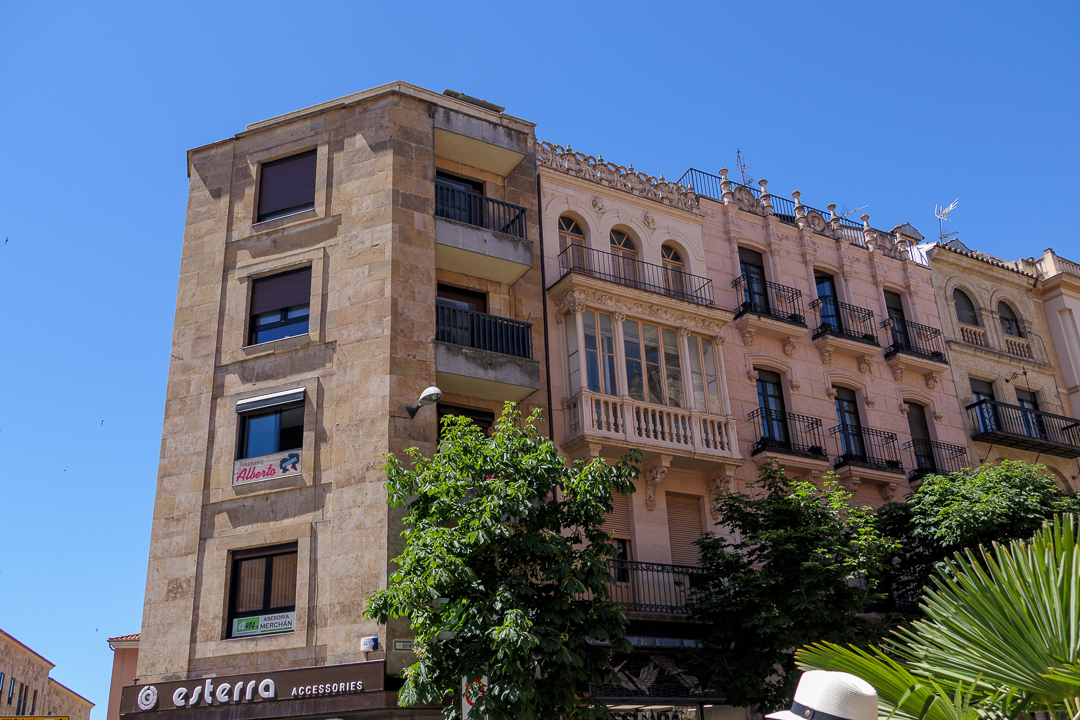
She also pointed out the storks at St. Stephen’s Church and the Public Library, which is in a 15th Century building known as the House of Shells, built by a professor at the University of Salamanca, who is supposed to have decorated it for his wife.
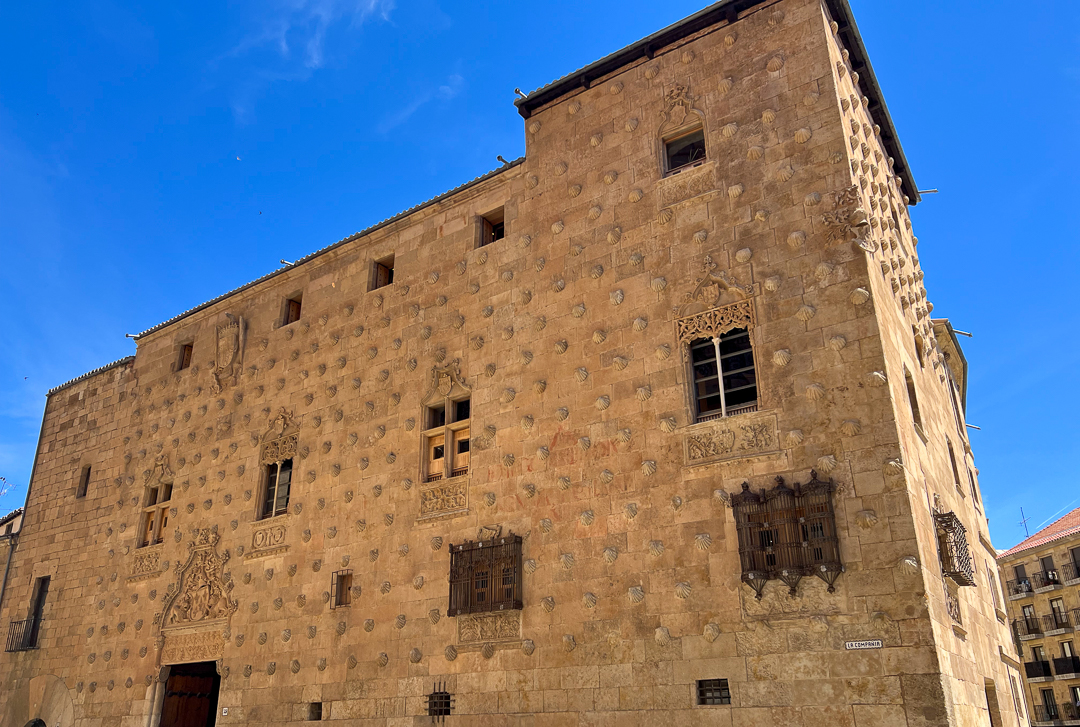
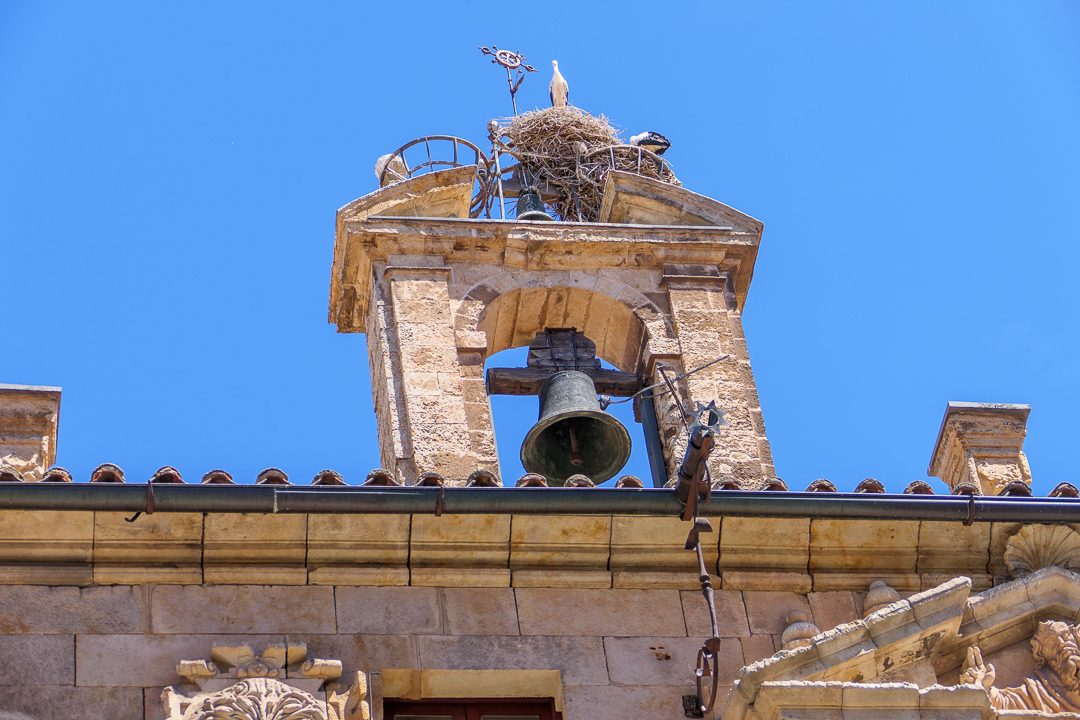
In earlier times, students at the University of Salamanca did a lot of sword-fighting; the marks in this wall are supposed to be where they sharpened their swords.
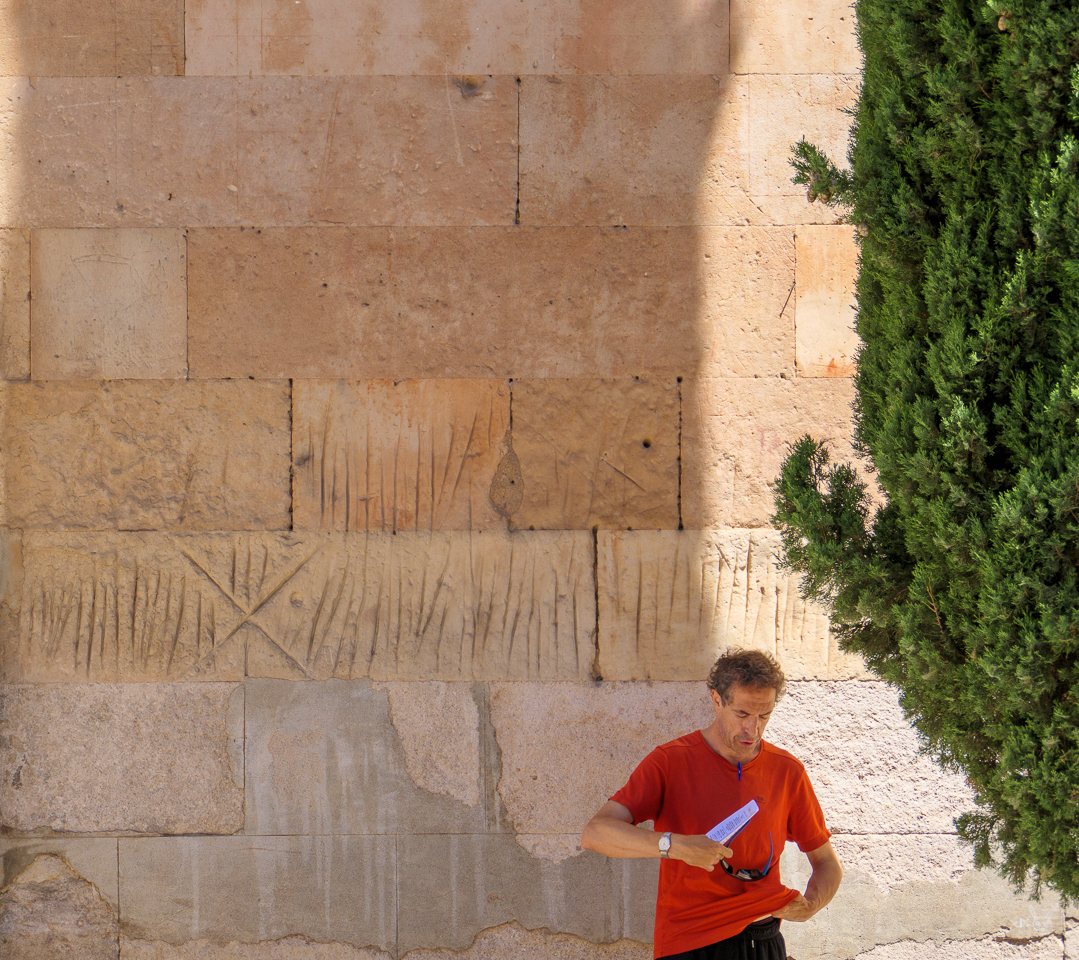
There is a frog carved into the “Patio de Escuelas” at the University; finding it is supposed to bring good luck. Carmen shone a laser pointer at it to make sure we could all find it, and only after we all said we’d seen it did she tell us finding the frog meant we’d return to Salamanca.

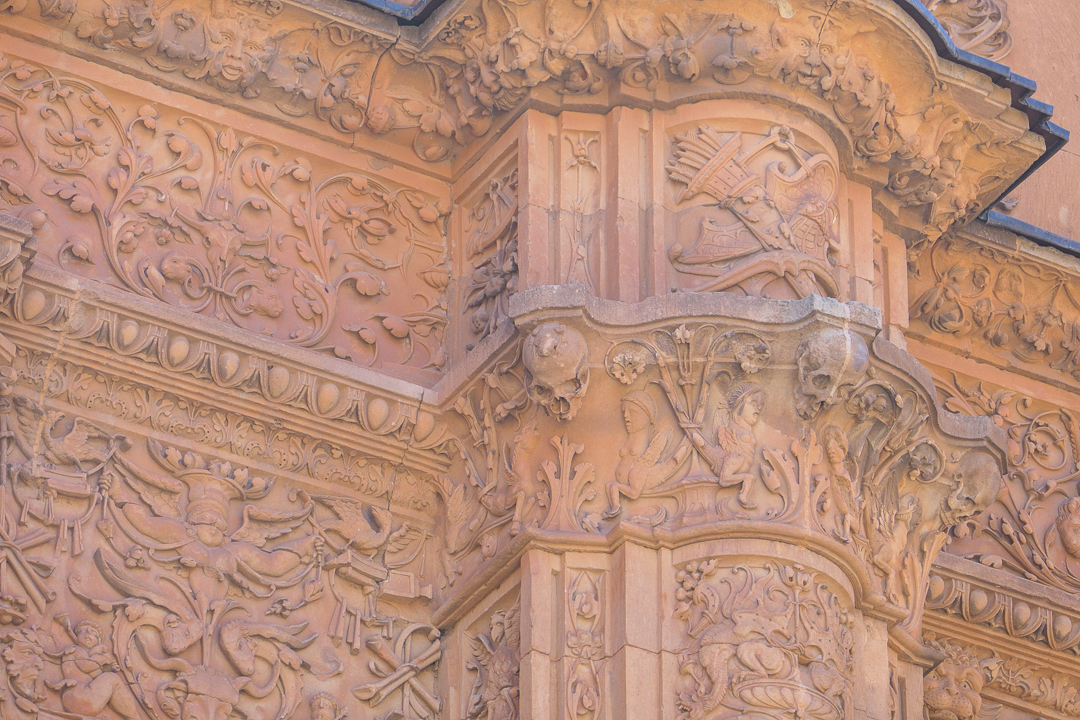
We walked through one of the original buildings of the university, mostly used for ceremonial purposes today. Of course, there’s also a gift shop there! There were plaques above the classrooms dating back to the Middle Ages explaining the use of the rooms.
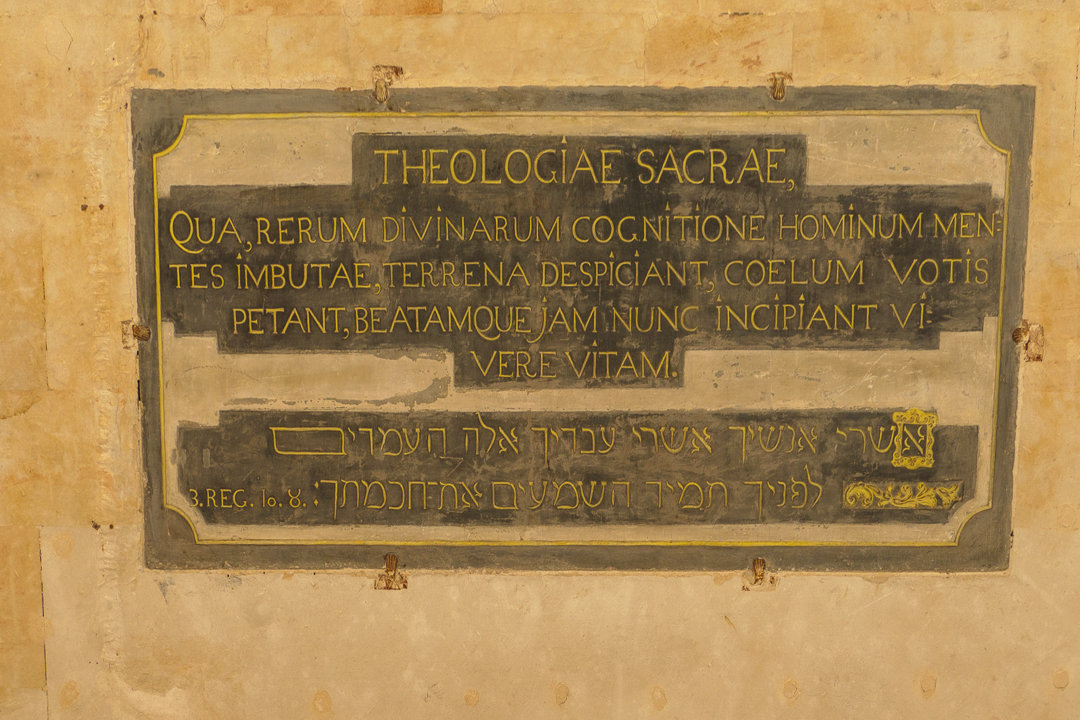
It was the custom in the Middle Ages for successful doctoral students to write an inscription in bull’s blood commemorating their victory (they also had to buy a feast for the rest of the students).

UNICEF followed that tradition in 1996 when they recognized the university for its contribution to children – but they used red paint, not bull’s blood.
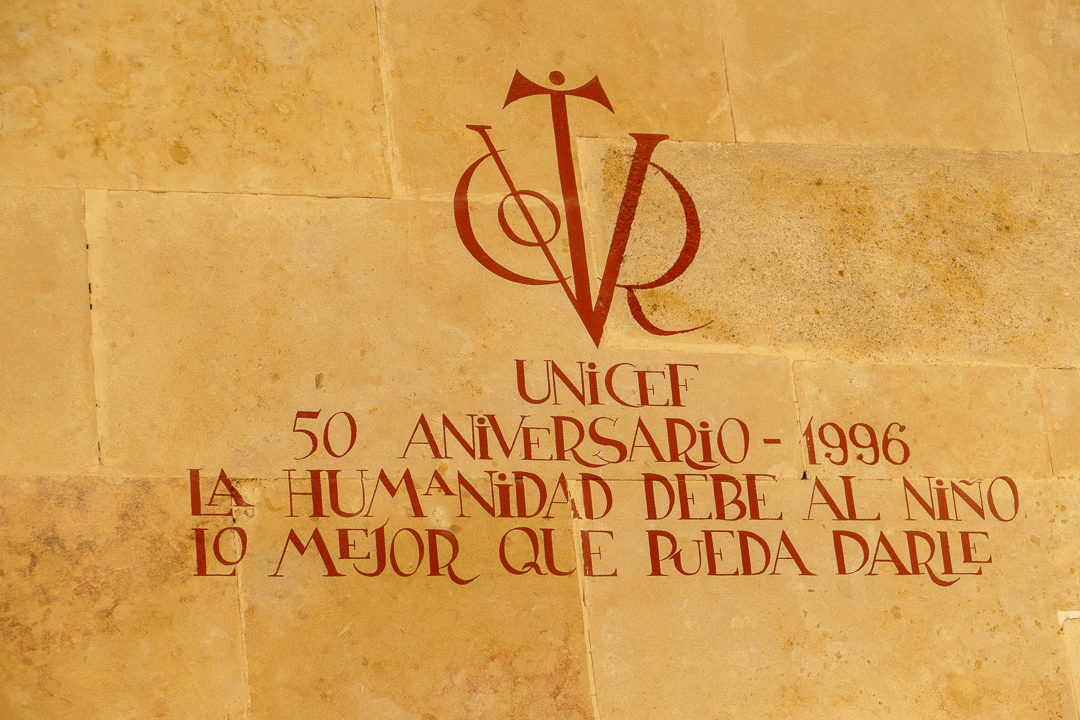
Some of the interior rooms were spectacular, none more so than the Chapel.
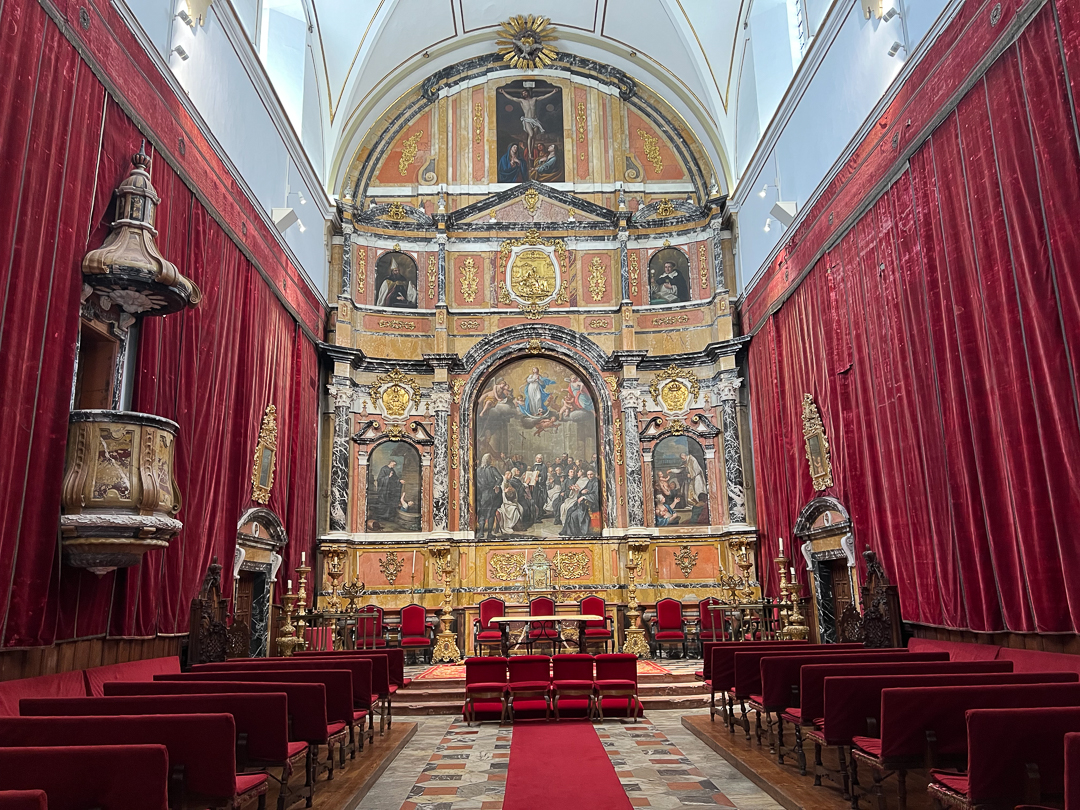
We walked past the old and new Cathedrals; Carmen pointed out the 20th-Century carvings on the outside showing an astronaut and a devil eating ice cream!
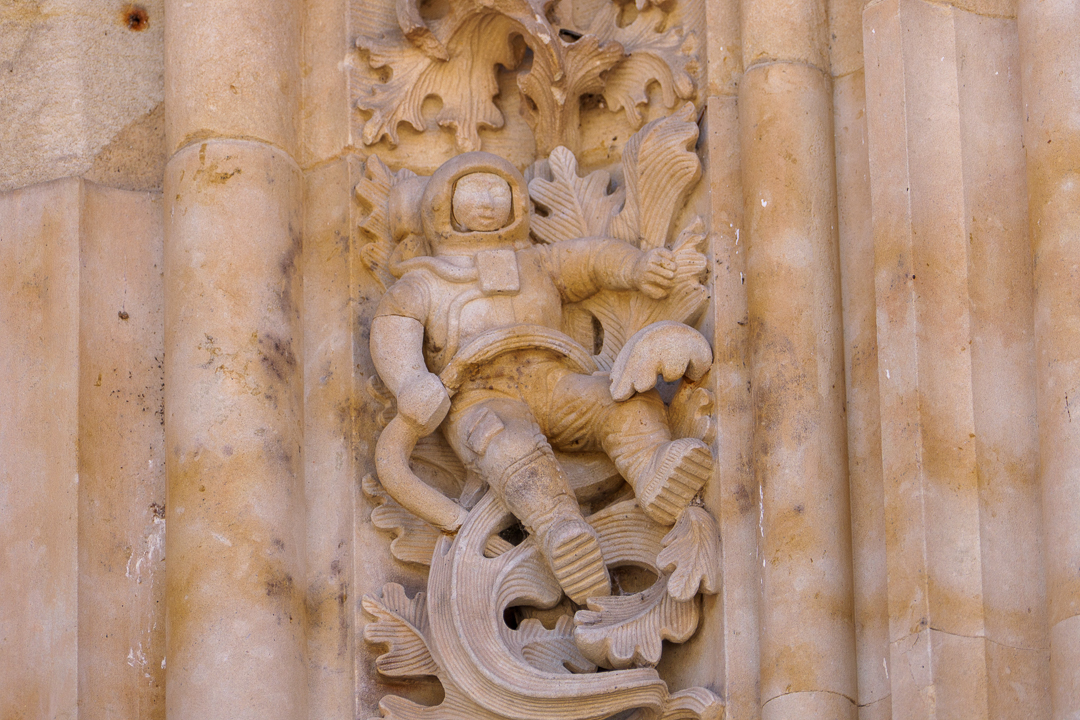
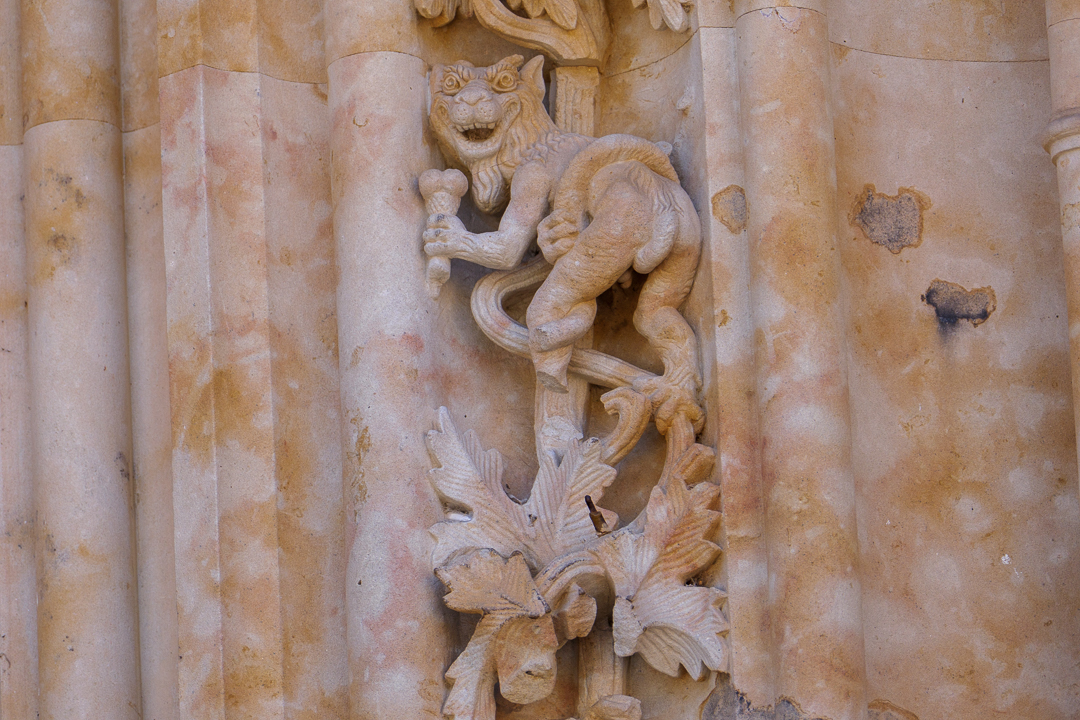
We walked back to the Alameda Palace for lunch and a flamenco show. I think the flamenco was traditional, but the encore wasn’t – it was “Volare”!
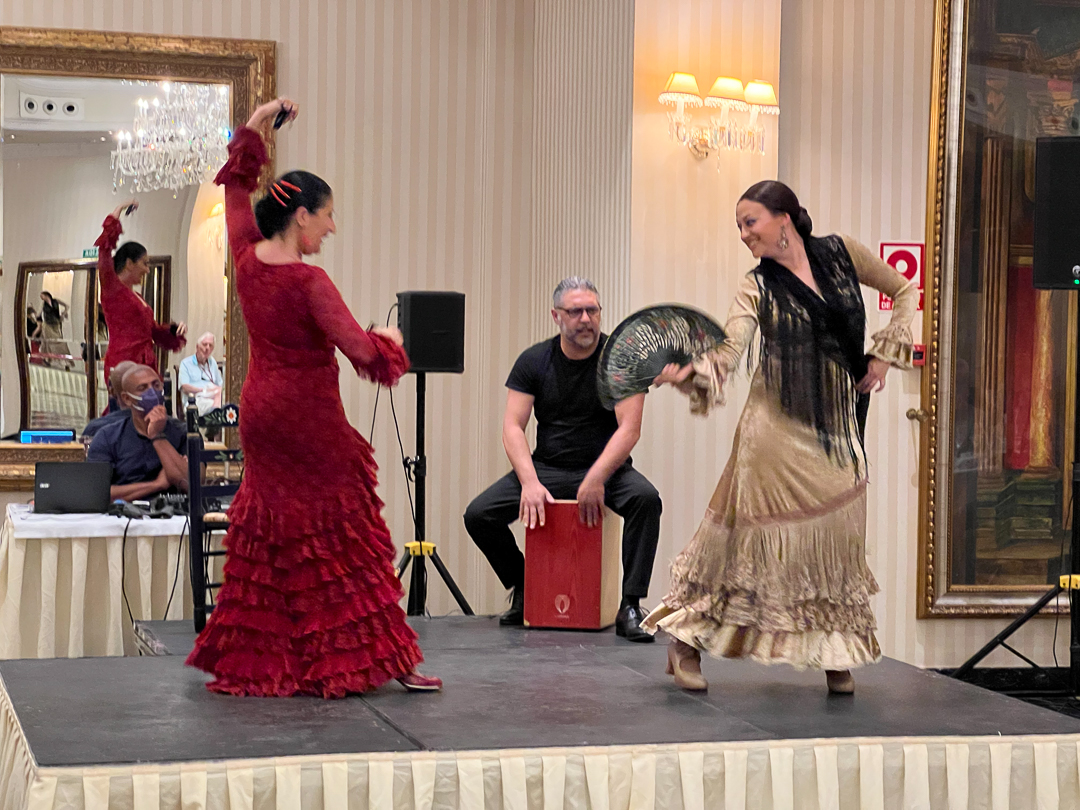
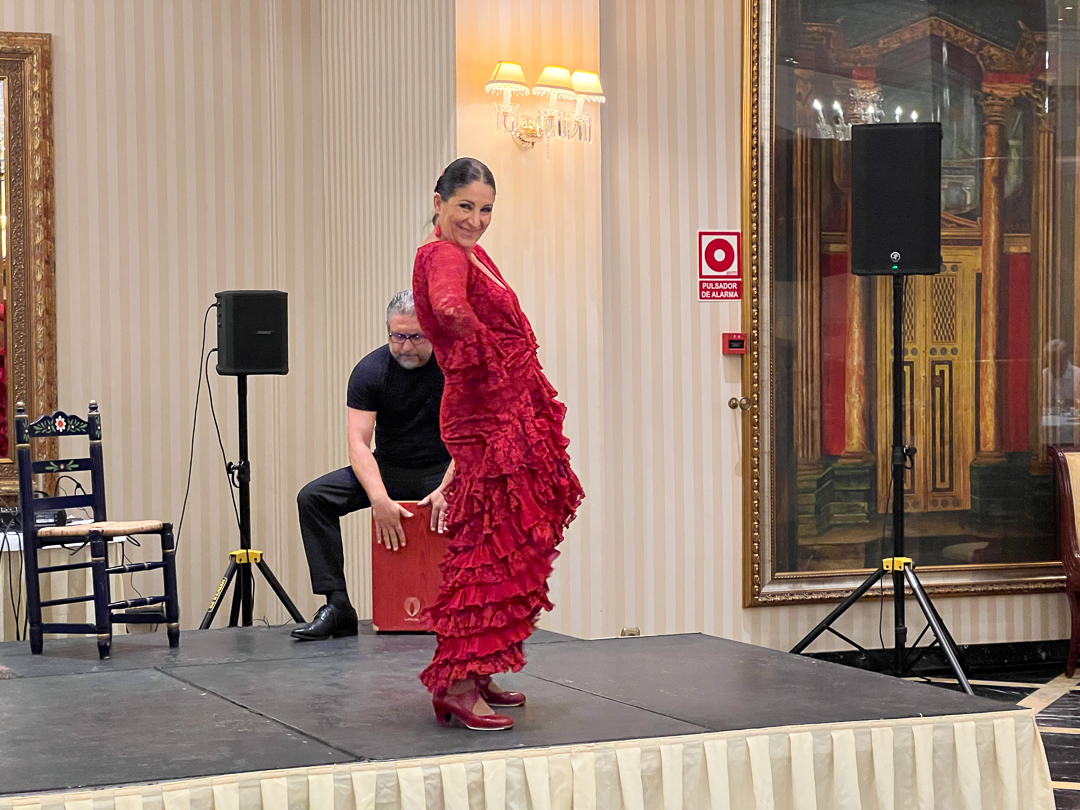
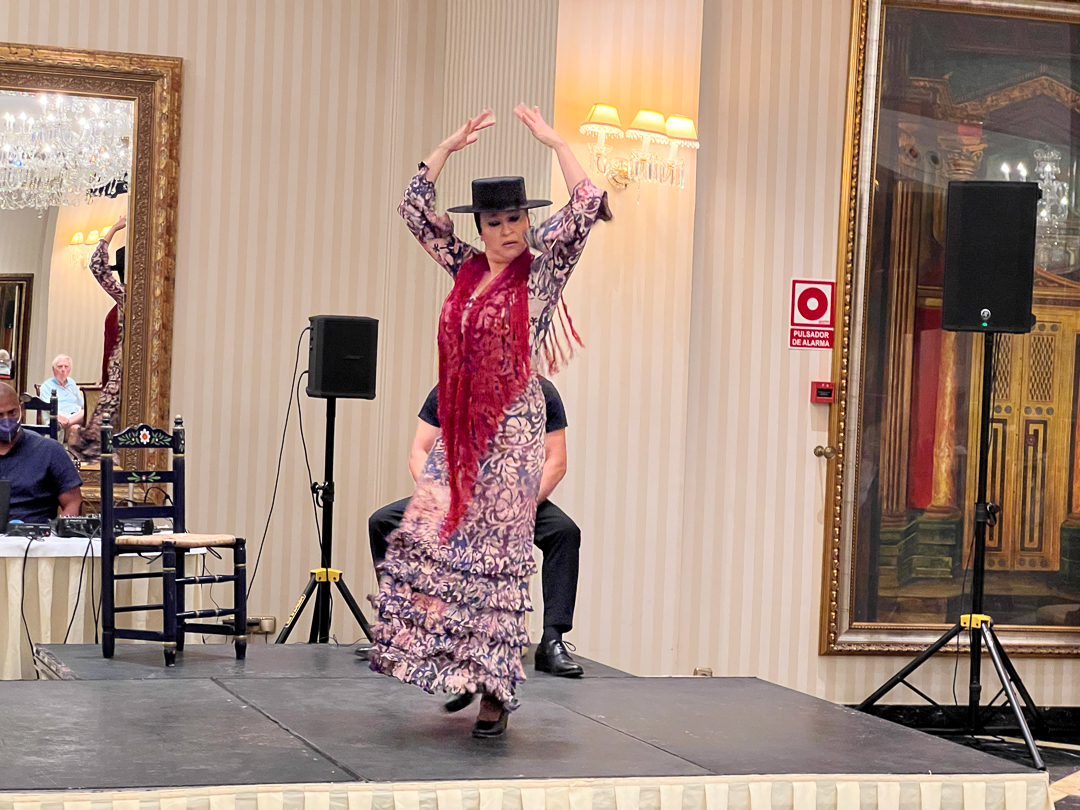
After lunch, Diane and I went back to tour the cathedrals. They were overwhelming. There were dozens of small chapels; everything was gilded; the organ was playing the whole time we were there. One chapel is just called the “Golden Chapel” (I guess they ran out of names!).
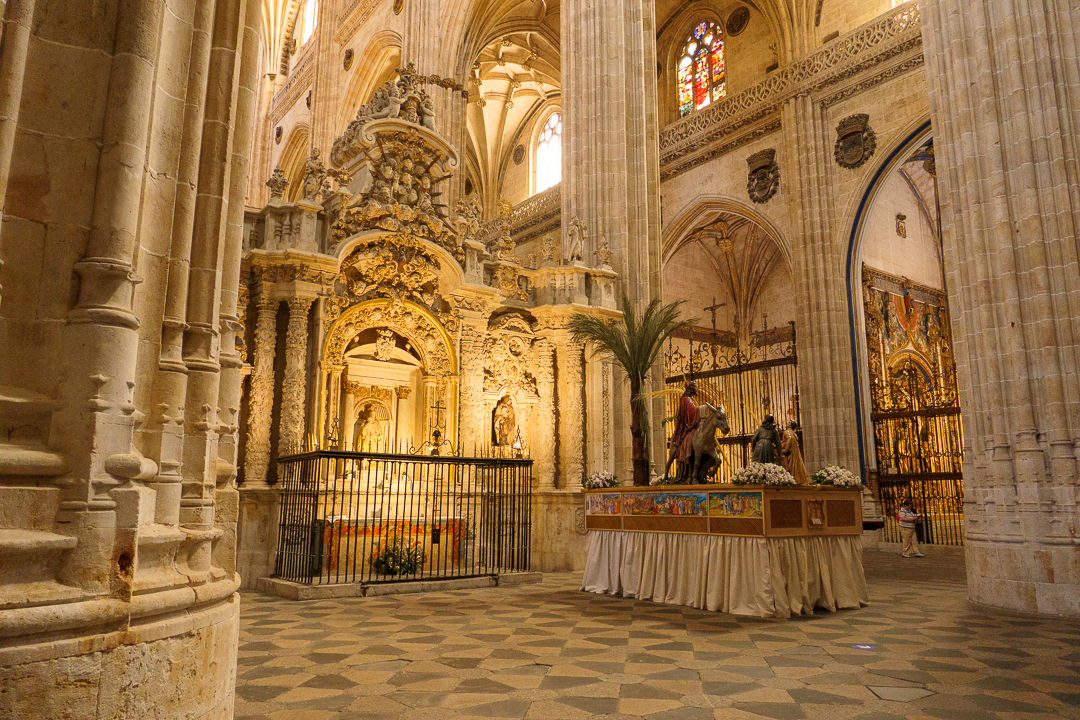
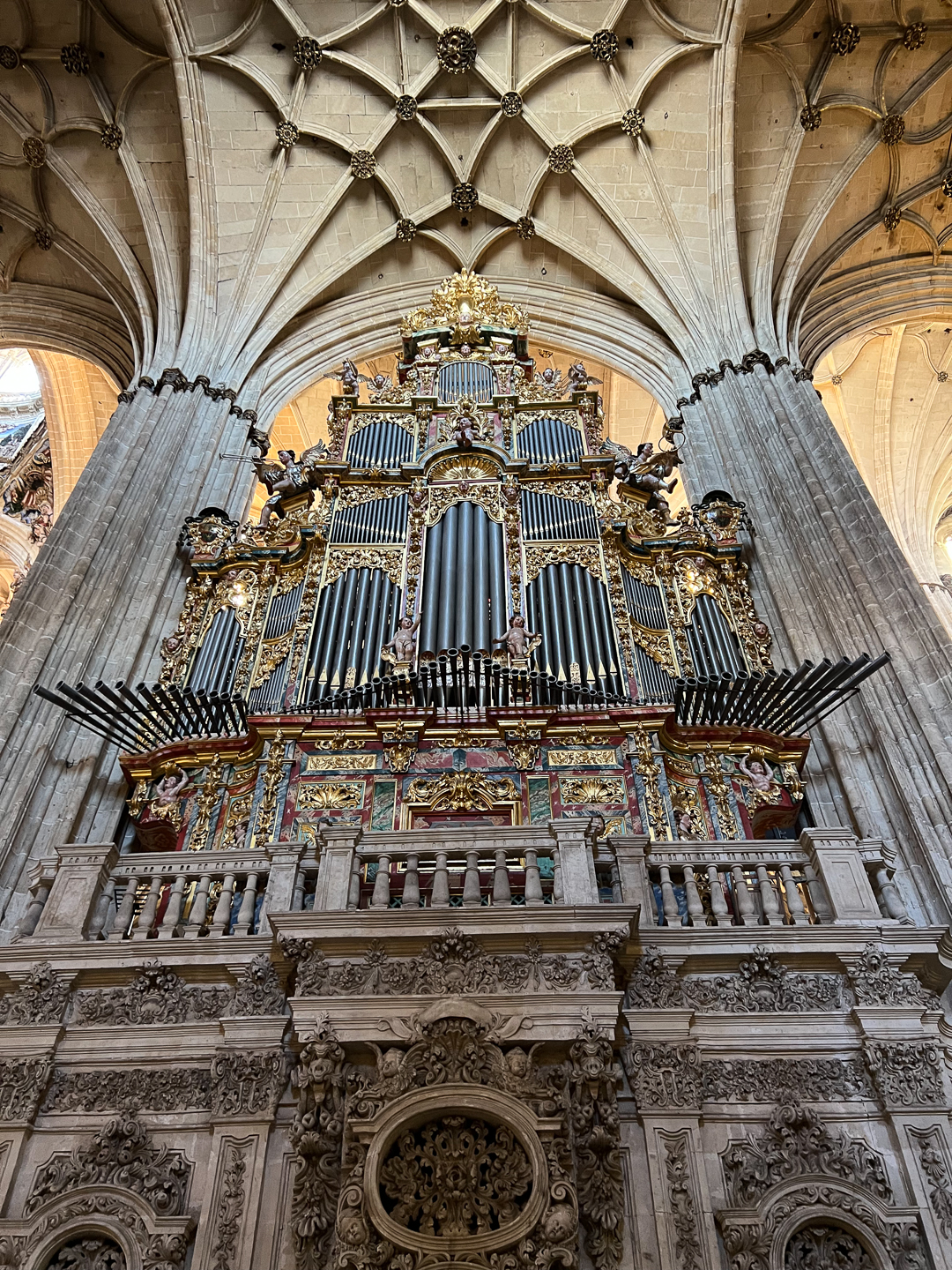
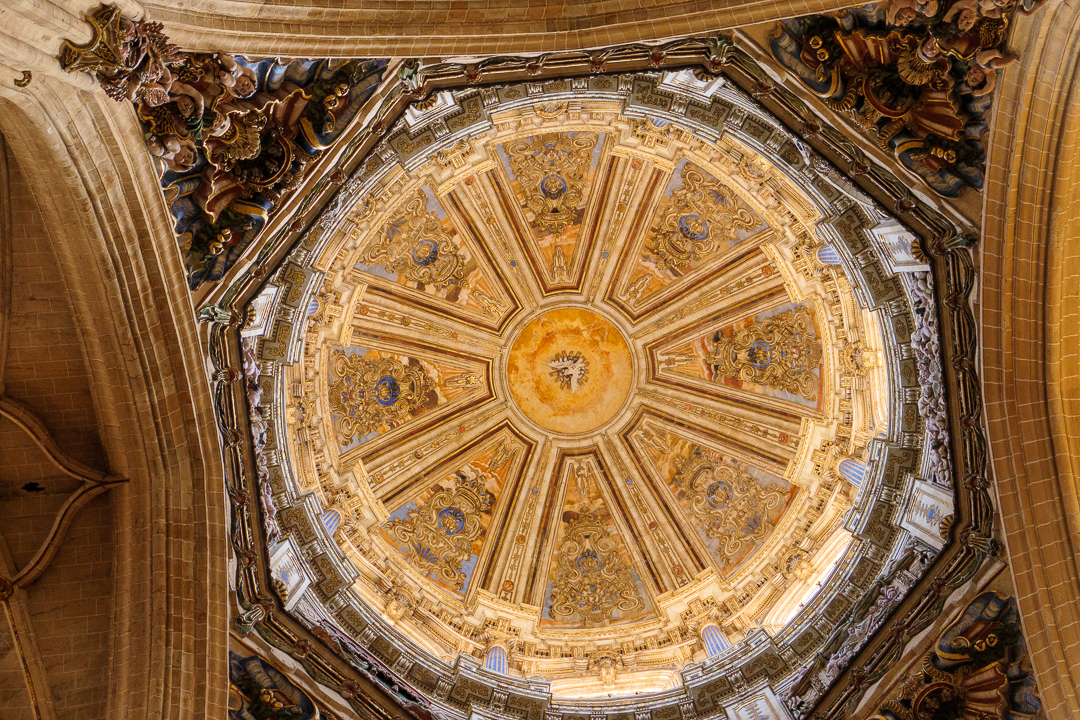
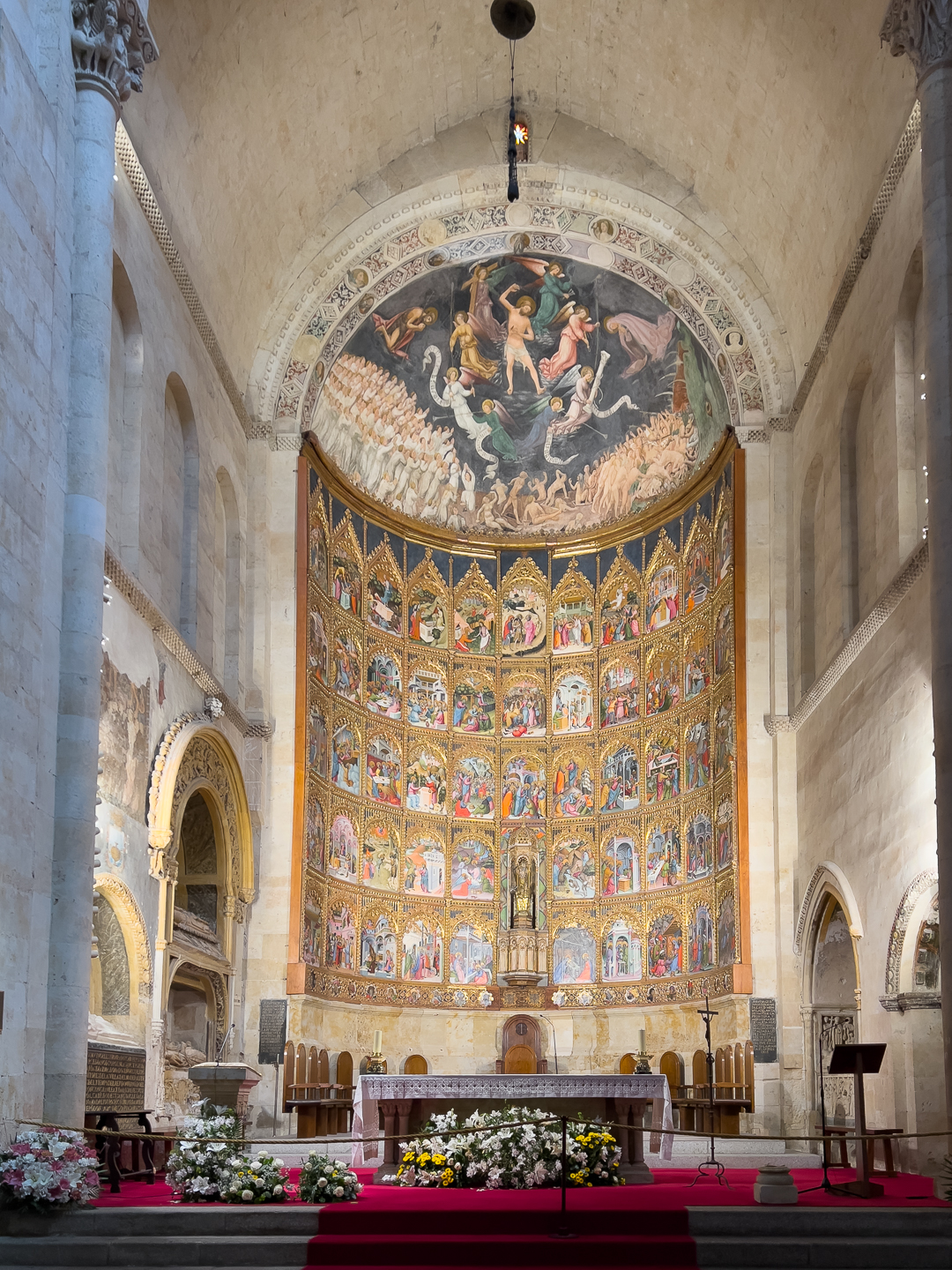
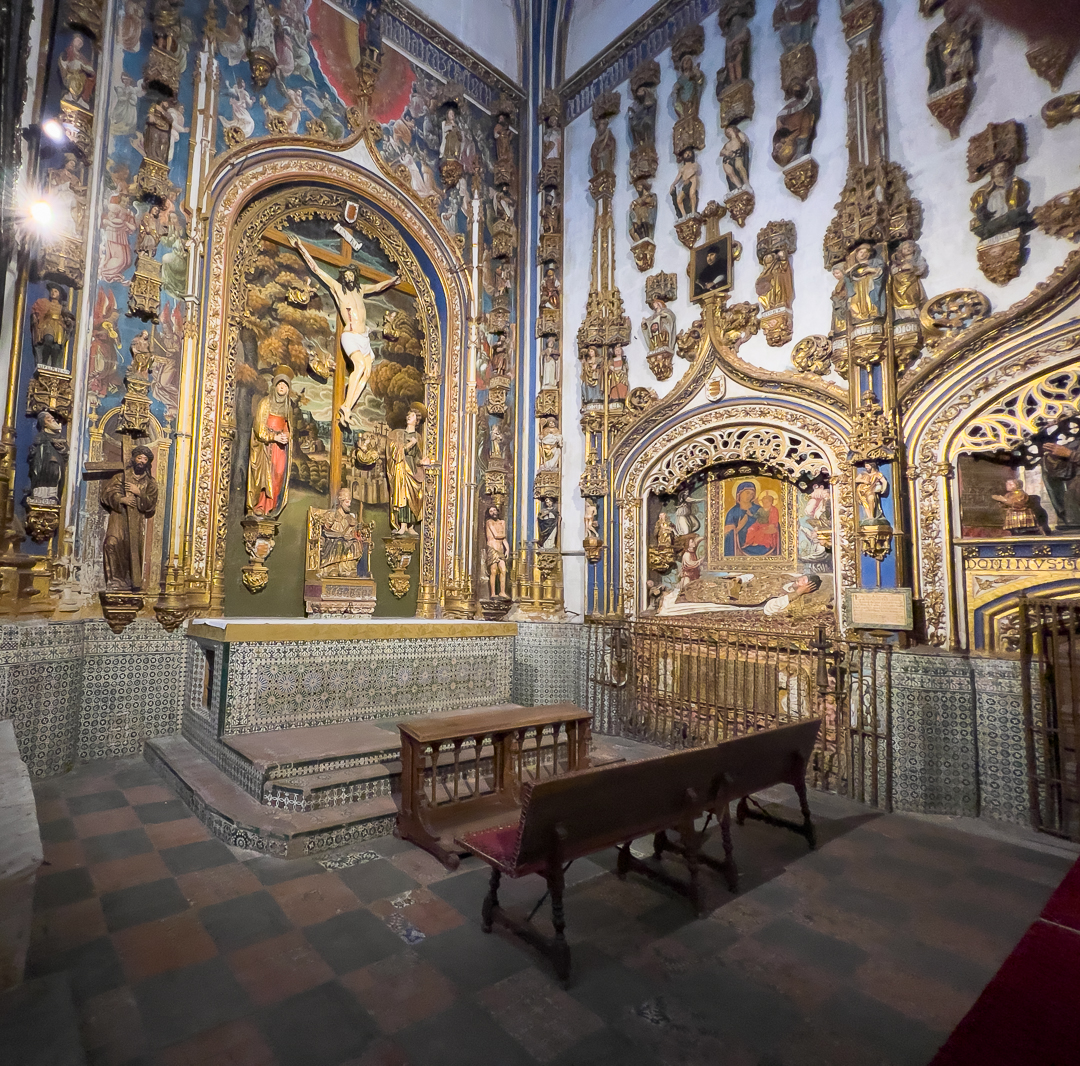
After our visit to the Cathedral, we walked down to the Roman Bridge before hurrying back to the hotel to meet the bus to take us back to the ship.
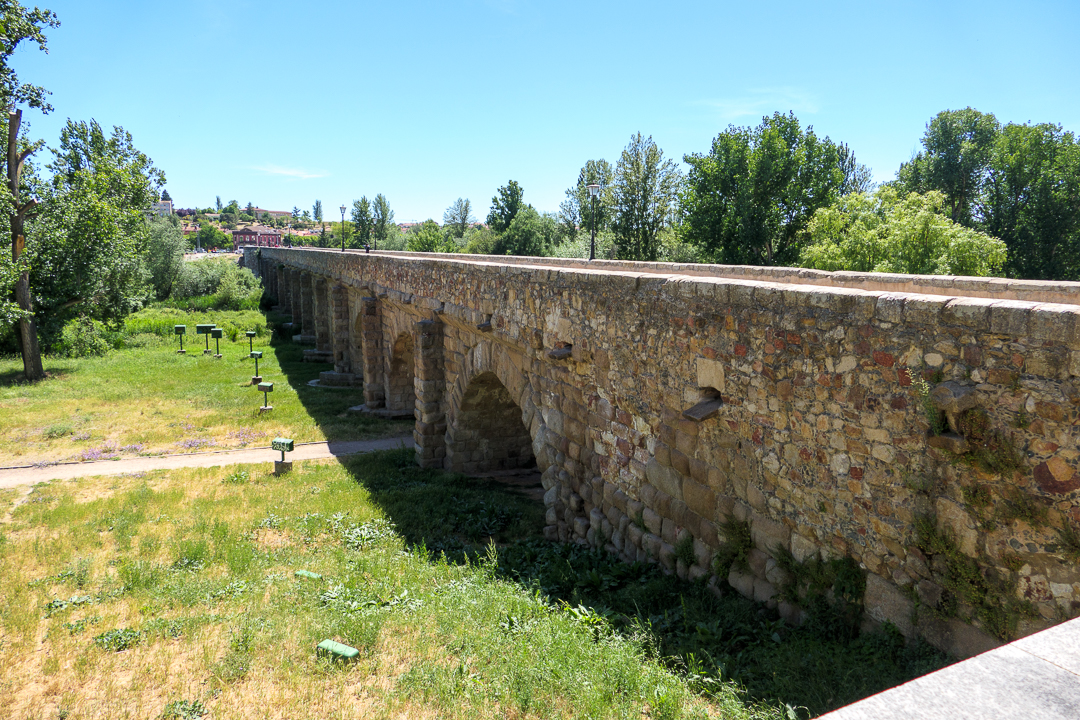
Salamanca even has appropriate gas stations!
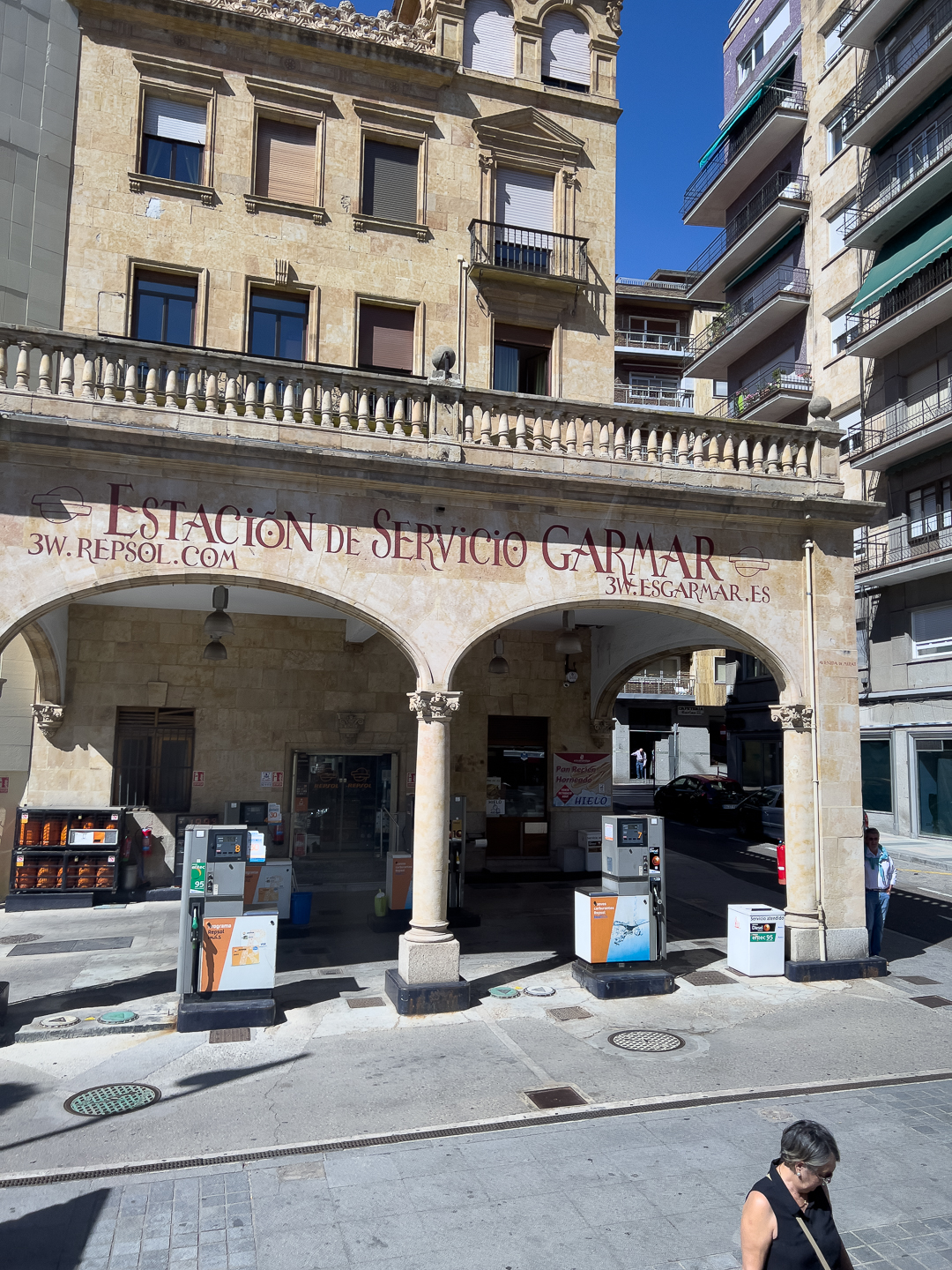
The trip back to the ship retraced our steps and was uneventful (I slept through part of it!).
I wouldn’t have minded more time in Salamanca; it’s a very interesting place. Hmmm…I did find the frog, didn’t I?
